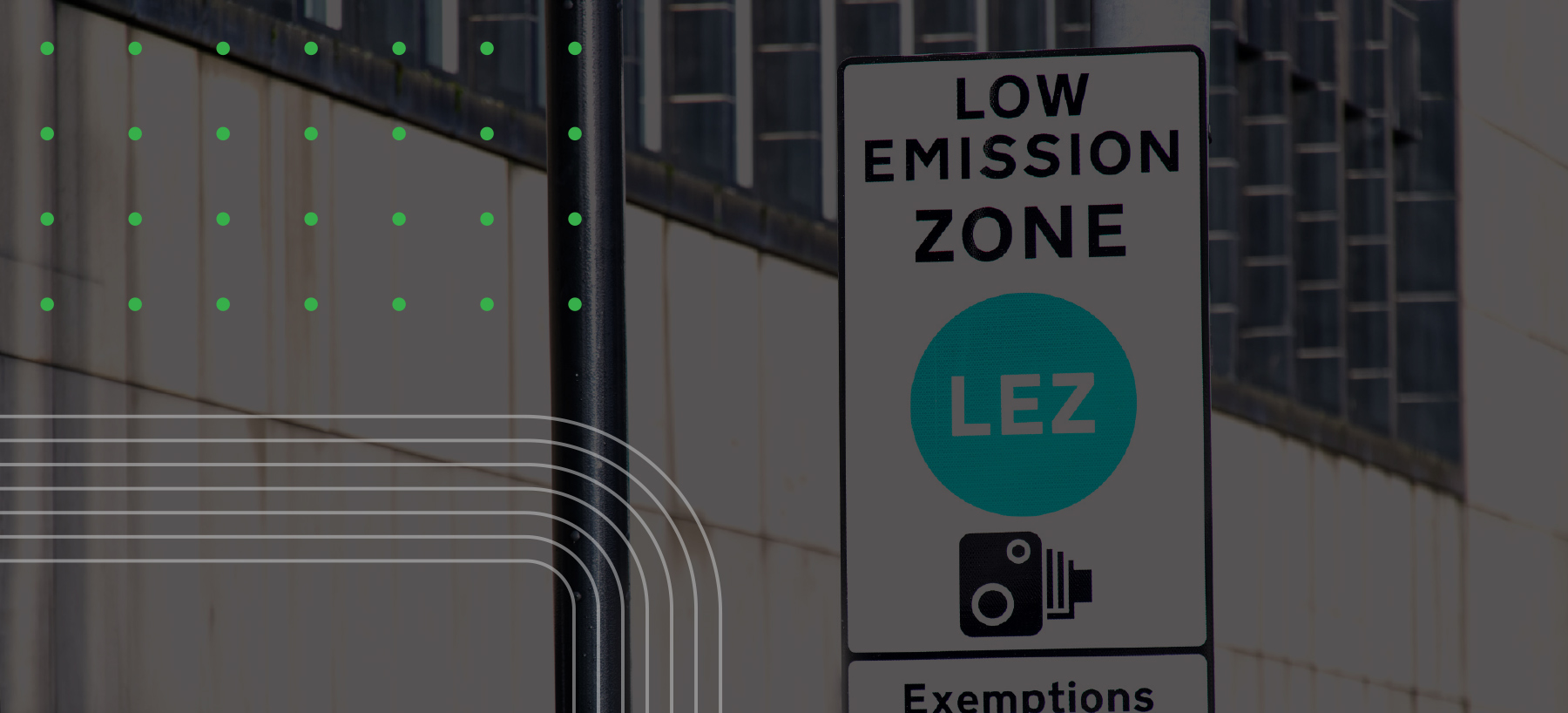Evaluating the Effectiveness of Low Emission Zones and Identifying Key Differentiators for Optimal Implementation
Low Emission Zones (LEZs) have emerged as a policy tool to combat air pollution and reduce greenhouse gas emissions in urban areas. While they have been implemented in various cities around the world, it is essential to assess whether LEZs are delivering the expected benefits. Additionally, understanding the differentiating factors that contribute to the effectiveness and efficiency of LEZ implementations can inform future policy decisions.
The effectiveness of LEZs in delivering benefits largely depends on their design, enforcement, and evaluation. Studies have shown that well-designed and properly enforced LEZs can lead to significant reductions in pollutant emissions and improvements in air quality. However, the effectiveness of LEZs can vary depending on factors such as the size and coverage of the zone, the stringency of emission standards, and the level of public support and compliance. Differentiating Factors for Effective and Efficient LEZ Implementations:
1. Clear Objectives and Targeted Design: Effective LEZs have clear objectives and are tailored to address specific air quality and emission reduction goals. They consider factors such as the local pollutant sources, traffic patterns, and public health concerns. The size and boundaries of the zone, as well as the types of vehicles and emissions targeted, should be carefully determined.
2. Robust Enforcement and Monitoring: Strong enforcement mechanisms, including adequate monitoring and penalties for non-compliance, are crucial
for the success of LEZs. Effective LEZs employ robust technology, such as automated license plate recognition systems, to ensure compliance. Regular monitoring of air quality and emission data allows for continuous evaluation and adjustment of the LEZ parameters.
3. Stakeholder Engagement and Support: The involvement of relevant stakeholders, including local communities, businesses, and transport operators, is vital for the success of LEZs. Early and transparent communication, coupled with effective public awareness campaigns, can help build support and encourage behavioural changes. Financial incentives, such as grants or subsidies, can also facilitate the transition to cleaner vehicles.
4. Integration with Comprehensive Mobility Strategies: Effective LEZs
are integrated into broader mobility strategies that prioritize sustainable transportation options. This includes improving public transit, promoting active modes of transport, and incentivizing the adoption of low-emission vehicles. Integrated approaches maximize the overall impact of LEZs and create a sustainable and accessible urban transport system.
While LEZs have the potential to deliver significant benefits in terms of air quality improvement and emission reduction, their effectiveness depends on several factors. Clear objectives, targeted design, robust enforcement, stakeholder engagement, and integration with comprehensive mobility strategies differentiate the most effective and efficient LEZ implementations.
Policymakers and urban planners should carefully consider these factors when designing and implementing LEZs to ensure optimal outcomes and foster sustainable urban environments. Continuous monitoring and evaluation of LEZs are crucial for adapting and refining their design over time to achieve the desired environmental and health goals.


